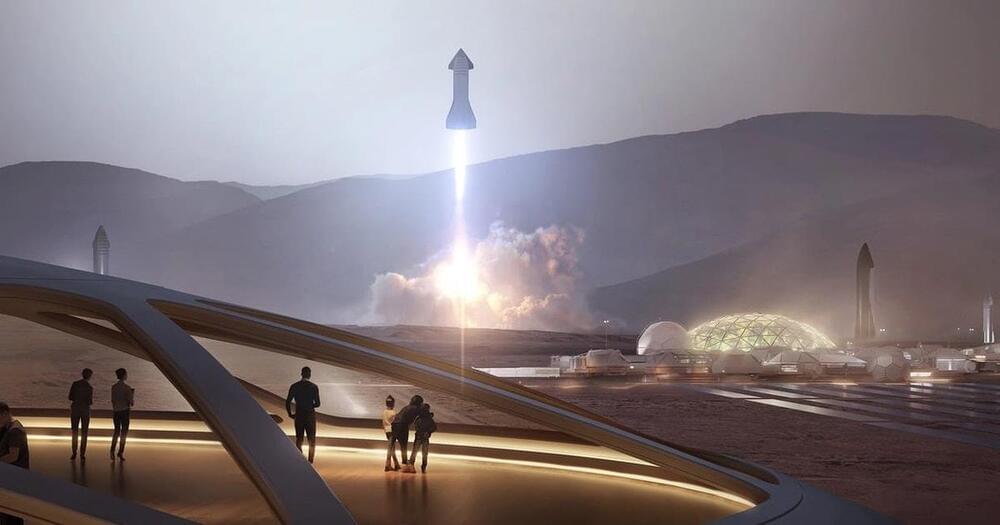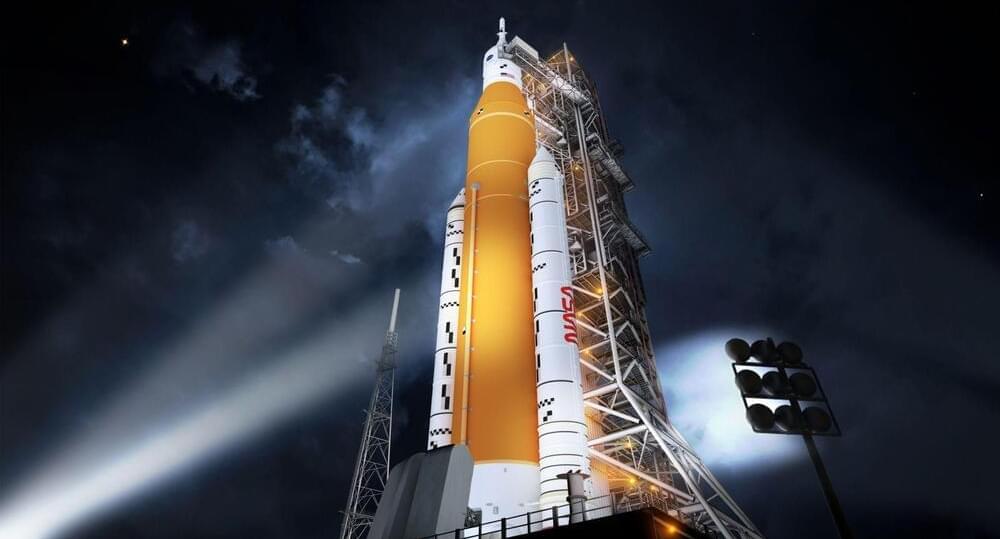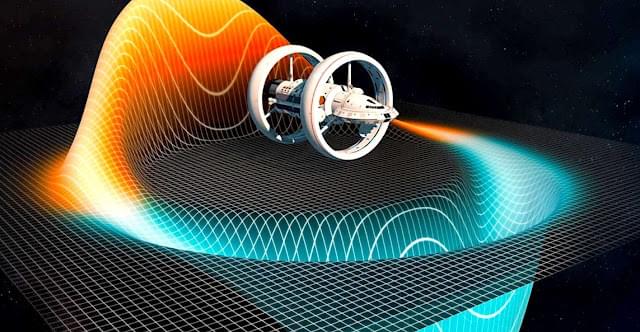SpaceX CEO Elon Musk has big plans to send the Starship to the Moon, Mars and beyond. His latest timeline suggests an ambitious schedule.


Advancing Human Exploration Beyond Our Solar System — Dr. Harold “Sonny” White, Limitless Space Institute
Dr. Harold ‘Sonny’ White, is Director, Advanced Research & Development, at the Limitless Space Institute (LSI — https://www.limitlessspace.org/), in Houston, Texas.
Dr. White has over 25+ years of experience working in the aerospace industry with Boeing, Lockheed Martin, as well as at NASA, and in his current role at the Limitless Space Institute he leads all R&D work and establishes priorities for investigations and expenditures.
Dr. White obtains grants and other resources in support of R&D efforts; markets LSI to major benefactors to increase resources and related R&D efforts; and arranges/schedules/conducts events ensuring appropriately related well-known individuals are involved.
Dr. White holds a Ph.D. in Physics from Rice University, a Master of Science in Mechanical Engineering from Wichita State University, and a Bachelor’s of Science in Mechanical Engineering from University of South Alabama.

Time magazine on Monday named Tesla chief and space entrepreneur Elon Musk as its person of the year, citing his embodiment of the technological shifts but also troubling trends reshaping people’s lives.
Musk — who overtook Amazon founder Jeff Bezos this year to become the world’s wealthiest person — wields impact on Earth with his Tesla electric car company and beyond our planet with his SpaceX rockets.
“Musk’s rise coincides with broader trends of which he and his fellow technology magnates are part cause and part effect,” Time editor-in-chief Edward Felsenthal wrote.

Elon Musk is Time’s Person of the Year.
The magazine said that he had been chosen for his work in space as well as on electric cars, as well as his plans to take humanity to Mars and his interest in cryptocurrency. It also noted in its announcement that Mr Musk “also likes to live-tweet his poops”, thought to be a first for a Time “Person of the Year”.
“For creating solutions to an existential crisis, for embodying the possibilities and the perils of the age of tech titans, for driving society’s most daring and disruptive transformations, Elon Musk is TIME’s 2021 Person of the Year,” the magazine wrote in its announcement.

NEW ORLEANS, La. — The rollout of the fully-stacked Artemis I Space Launch System (SLS) vehicle, from Kennedy Space Center’s (KSC’s) Vehicle Assembly Building (VAB), has been scheduled to occur by the end of the year. However, SpaceFlight Insider previously reported that the rollout may be delayed. On Dec. 7, 2021, while speaking at the Michoud Assembly Facility (MAF), NASA Administrator Bill Nelson confirmed the delay by stating, It’s going to have it’s rollout to the pad in January.
In addition, other news outlets have reported on an issue that may be driving the delay — a problem with with the engine controller on one, of four, core stage RS-25 engines.
The Artemis I RS-25’s are previously-flown Space Shuttle Main Engines (SSME’s). However, the controllers, or “brains,” for the engines have been updated for use on Artemis SLS flights.

Alice Gorman, Associate Professor in Archaeology and Space Studies, Flinders University
A new era of space stations is about to kick off. NASA has announced three commercial space station proposals for development, joining an earlier proposal by Axiom Space.
These proposals are the first attempts to create places for humans to live and work in space outside the framework of government space agencies. They’re part of what has been called “Space 4.0,” where space technology is driven by commercial opportunities. Many believe this is what it will take to get humans to Mars and beyond.


A team from the Limitless Space Institute (LSI), funded by the Defense Advanced Research Projects Agency (DARPA) and led by Dr. Harold “Sonny” White, a former NASA specialist, pioneer in warp drive or warp drive, has reported that he has discovered a veritable warp bubble in the real world. The event marks a breakthrough for scientists trying to develop a spacecraft capable of going faster than light.
A UK company with lofty aspirations around sustainable space travel has test-fired a rocket engine powered in part by plastic waste. Pulsar Fusion’s hybrid rocket engine is part of an ambitious journey that also involves the development of nuclear fusion technology for high-speed propulsion, which could cut travel times to Mars in half.
The idea of incorporating recycled plastic waste into hybrid rocket fuels is something we have seen explored before. Virgin Galactic flirted with the idea back in 2014 through the use of a rocket powered by a fuel based on a class of thermoset plastics, though this was swiftly abandoned after a failed test flight. Scottish company Skyrora is another outfit working on such a technology, having successfully tested out its Ecosene fuel made from converted plastic waste.
More Stories
SpaceX has work to do, Tesla sells Cyberquad, Elon Musk gets a haircut.
SpaceX is granted three additional NASA missions, Tesla sells out a Cyberquad for kids, Cybertruck pending, and Elon Musk gets a heavily-memed haircut.